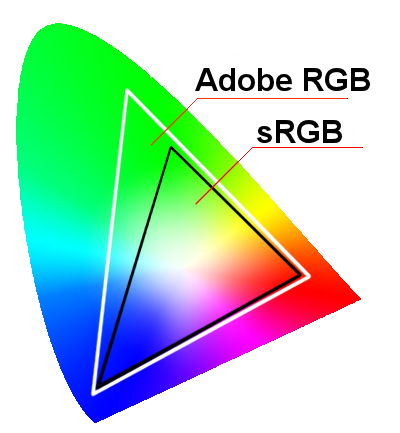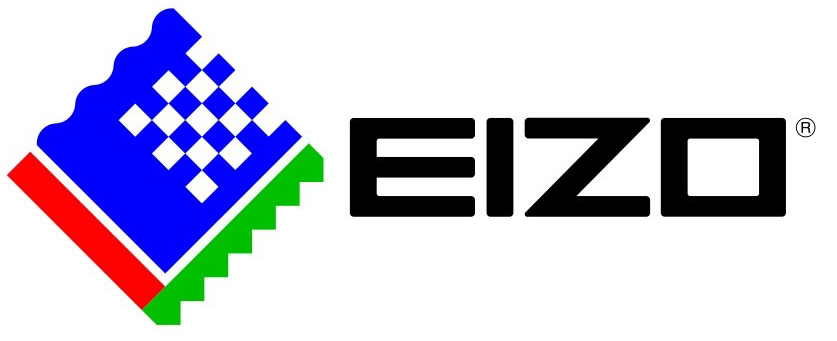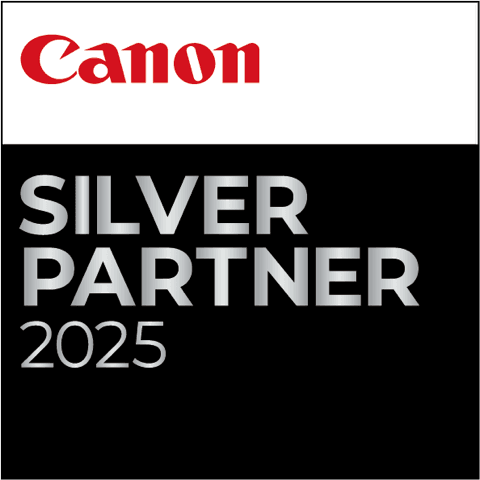Adobe RGB and sRGB are two of the most common working spaces used in digital photography, but there can be some confusion on when to use which.
sRGB-
sRGB is the most common colour-space used anywhere. It has become the standard colour space for displaying images online. This means that most browsers, applications, and devices are designed to work with sRGB, and assume that images are in the sRGB colour space
Pros:
- Displayed consistently across all programmes
- Simplifies workflow
- Suitable for normal prints
Cons:
- Narrower range of colours than Adobe RGB
- Can’t obtain benefits of Adobe RGB later
Adobe RGB-
Adobe RGB is a wider colour-space which can represent more colours but with less precision. It improves upon sRGB’s gamut primarily in cyan-greens.
Photographers and graphic artists that need this extra colour range for specific purposes would choose Adobe RGB over sRGB.
Pros:
- Wider range of colours than sRGB
- Better for professional prints
- Can always obtain benefits of sRGB later
Cons:
- Will be displayed incorrectly by most browsers
- Can complicate workflow
Which Should You Use For Printing?
As a general rule, you should save images in Adobe RGB for professional printing. This preserves the extra colour information that would be lost if you saved as sRGB. Adobe RGB will allow for a greater range of colour.
It used to be that screens and printers struggled to display the Adobe RGB colour space, however technology has progressed to the stage where using Adobe RGB is now a more consistent process.
Remember if you save your images as sRGB, you cannot convert to Adobe RGB in the future but you can convert Adobe RGB to sRGB. For more advice, contact us here.
















